A Closer Look at Chinese Overseas Lending
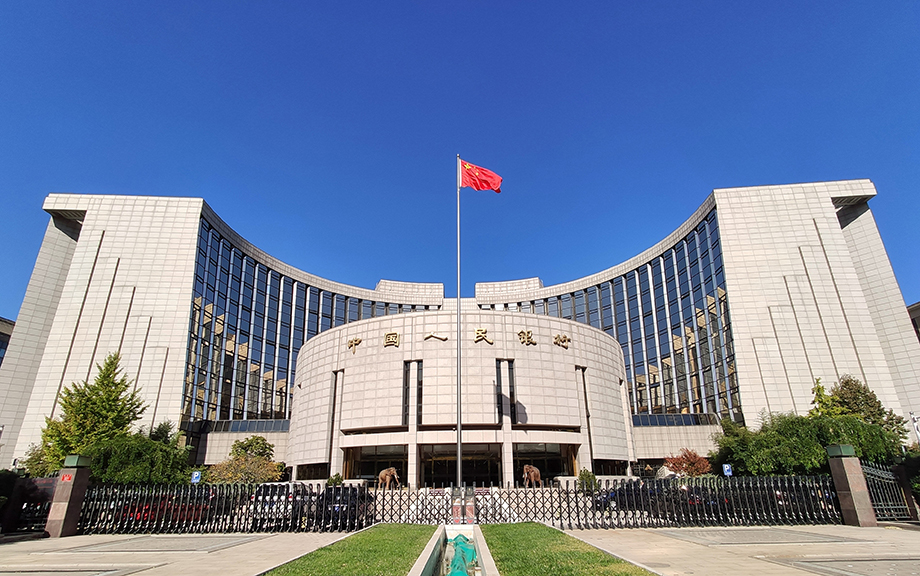
While considerable attention has focused on China’s credit boom and the rise of China’s domestic debt levels, another important development in international finance has been growth in China’s lending abroad. In this post, we summarize what is known about the size and scope of China’s external lending, discuss the incentives that drove this lending, and consider some of the challenges these exposures pose for Chinese lenders and foreign borrowers.
With Abundant Reserves, Do Banks Adjust Reserve Balances to Accommodate Payment Flows?

As a result of the global financial crisis (GFC), the Federal Reserve switched from a regime of scarce reserves to one of abundant reserves. In this post, we explore how banks’ day-to-day management of reserve balances with respect to payment flows changed with this regime switch. We find that bank behavior did not change on average; under both regimes, banks increased their opening balances when they expected higher outgoing payments and, similarly, decreased these balances with expected higher incoming payments. There are substantial differences across banks, however. At the introduction of the abundant-reserves regime, small domestic banks no longer adjusted balances alongside changes in outgoing payments.
Measuring the Ampleness of Reserves

Over the past fifteen years, reserves in the banking system have grown from tens of billions of dollars to several trillion dollars. This extraordinary rise poses a natural question: Are the rates paid in the market for reserves still sensitive to changes in the quantity of reserves when aggregate reserve holdings are so large? In today’s post, we answer this question by estimating the slope of the reserve demand curve from 2010 to 2022, when reserves ranged from $1 trillion to $4 trillion.
The Adverse Effect of “Mandatory” Flood Insurance on Access to Credit
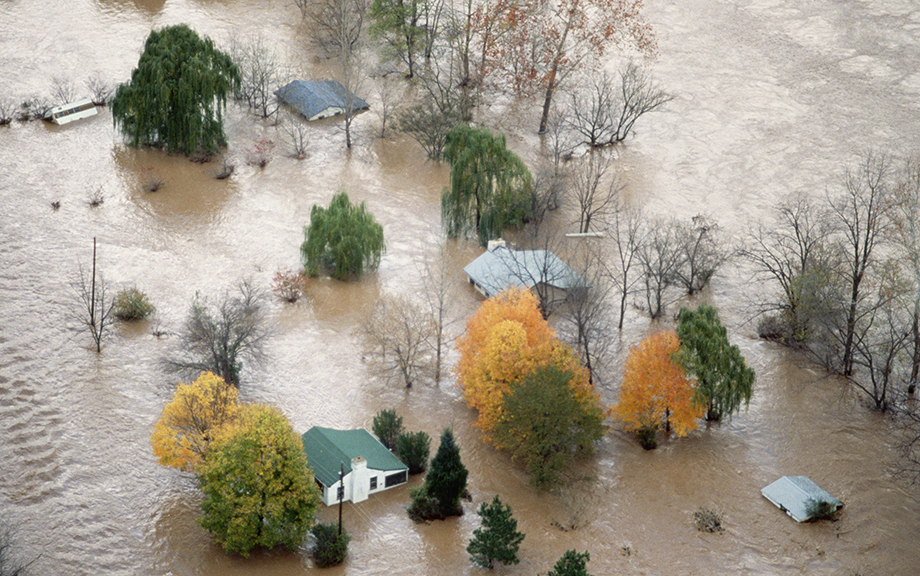
The National Flood Insurance Program (NFIP) was designed to reduce household and lender flood-risk exposure and “encourage lending.” In this post, which is based on our related study, we show that in certain situations the program actually limits access to credit, particularly for low-income borrowers—an unintended consequence of this well-intentioned program.
Climate Change and Financial Stability: The Weather Channel

Climate change could affect banks and the financial systems they anchor through various channels: increasingly extreme weather is one (Financial Stability Board, Basel Committee on Bank Supervision). In our recent staff report, we size up this channel by studying how U.S. banks, large and small, fared against disasters past. We find even the most destructive disasters had insignificant or small effects on bank stability and small and positive effects on bank income. We conjecture that recovery lending after disasters helps stabilize larger banks while smaller, local banks’ knowledge of “unmarked” (flood) hazards may help them navigate disaster risk. Federal disaster aid seems not to act as a bank stabilizer.
How (Un‑)Informed Are Depositors in a Banking Panic? A Lesson from History

How informed or uninformed are bank depositors in a banking crisis? Can depositors anticipate which banks will fail? Understanding the behavior of depositors in financial crises is key to evaluating the policy measures, such as deposit insurance, designed to prevent them. But this is difficult in modern settings. The fact that bank runs are rare and deposit insurance universal implies that it is rare to be able to observe how depositors would behave in absence of the policy. Hence, as empiricists, we are lacking the counterfactual of depositor behavior during a run that is undistorted by the policy. In this blog post and the staff report on which it is based, we go back in history and study a bank run that took place in Germany in 1931 in the absence of deposit insurance for insight.
The Future of Payments Is Not Stablecoins
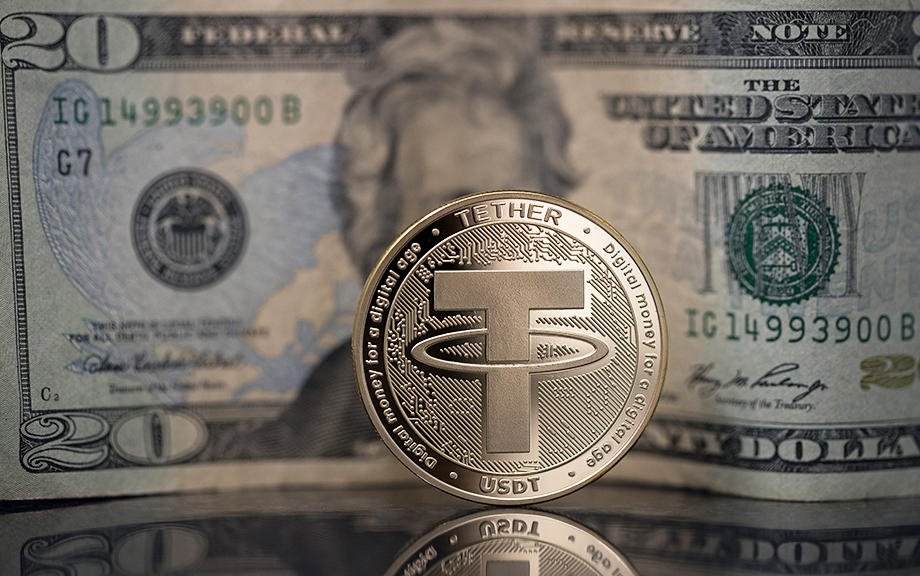
Stablecoins, which we define as digital assets used as a medium of exchange that are purported to be backed by assets held specifically for that purpose, have grown considerably in the last two years. They rose from a market capitalization of $5.7 billion on December 1, 2019, to $155.6 billion on January 21, 2022. Moreover, a market that was once dominated by a single stablecoin—Tether (USDT)—now boasts five stablecoins with valuations over $1 billion (as of January 21, 2022; data about the supply of stablecoins can be found here). Analysts have started to pay increased attention to the stablecoin market, and the President’s Working Group (PWG) on Financial Markets released a report on stablecoins on November 1, 2021. In this post, we explain why we believe stablecoins are unlikely to be the future of payments.
How the Fed’s Overnight Reverse Repo Facility Works
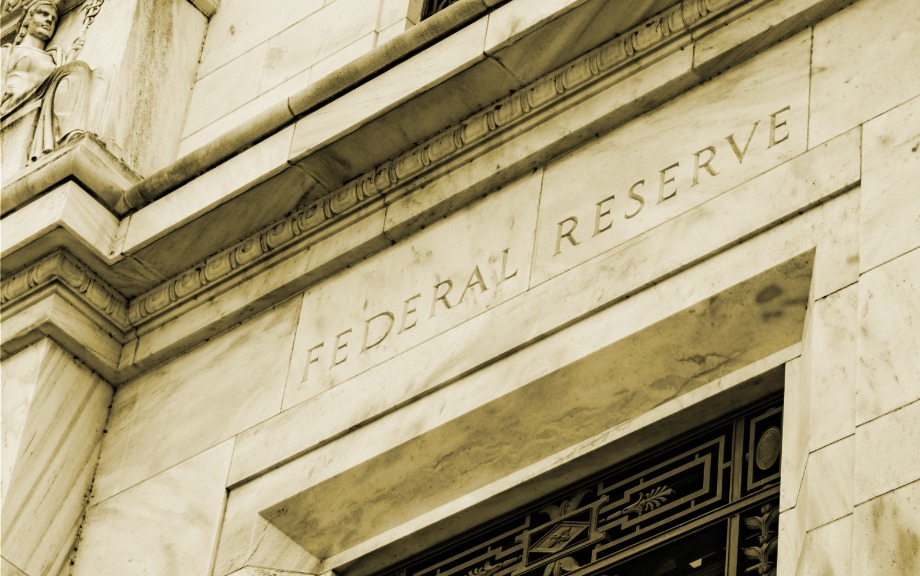
Daily take-up at the overnight reverse repo (ON RRP) facility increased from less than $1 billion in early March 2021 to just under $2 trillion on December 31, 2021. In the second post in this series, we take a closer look at this important tool in the Federal Reserve’s monetary policy implementation framework and discuss the factors behind the recent increase in volume.
How Does Market Power Affect Fire‑Sale Externalities?

An important role of capital and liquidity regulations for financial institutions is to counteract inefficiencies associated with “fire-sale externalities,” such as the tendency of institutions to lever up and hold illiquid assets to the extent that their collective actions increase financial vulnerabilities. However, theoretical models that study such externalities commonly assume perfect competition among financial institutions, in spite of high (and increasing) financial sector concentration. In this post, which is based on our forthcoming article, we consider instead how the effects of fire-sale externalities change when financial institutions have market power.
Were Banks Exposed to Sell‑offs by Open‑End Funds during the Covid Crisis?
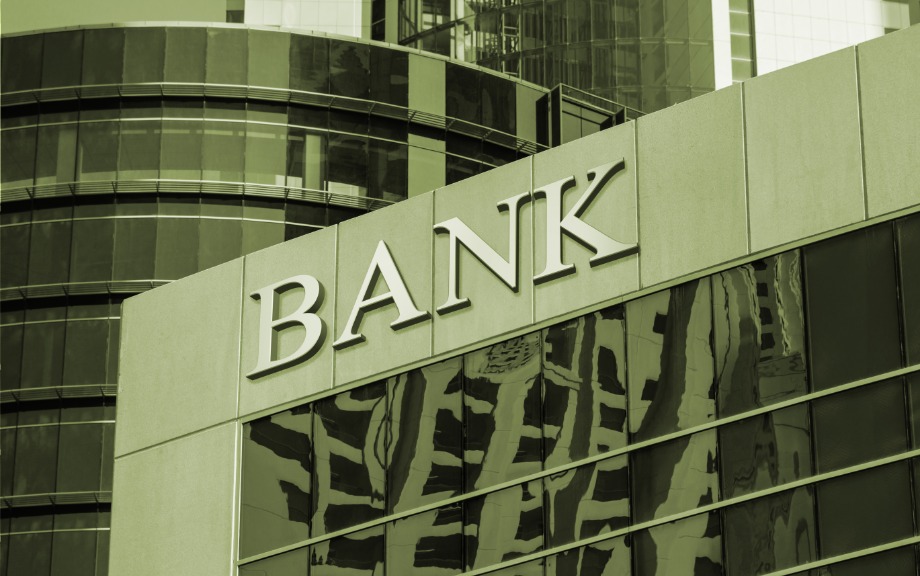
Should open-end mutual funds experience redemption pressures, they may be forced to sell assets, thus contributing to asset price dislocations that in turn could be felt by other entities holding similar assets. This fire-sale externality is a key rationale behind proposed and implemented regulatory actions. In this post, I quantify the spillover risks from fire sales, and present some preliminary results on the potential exposure of U.S. banking institutions to asset fire sales from open-end funds.














 RSS Feed
RSS Feed Follow Liberty Street Economics
Follow Liberty Street Economics